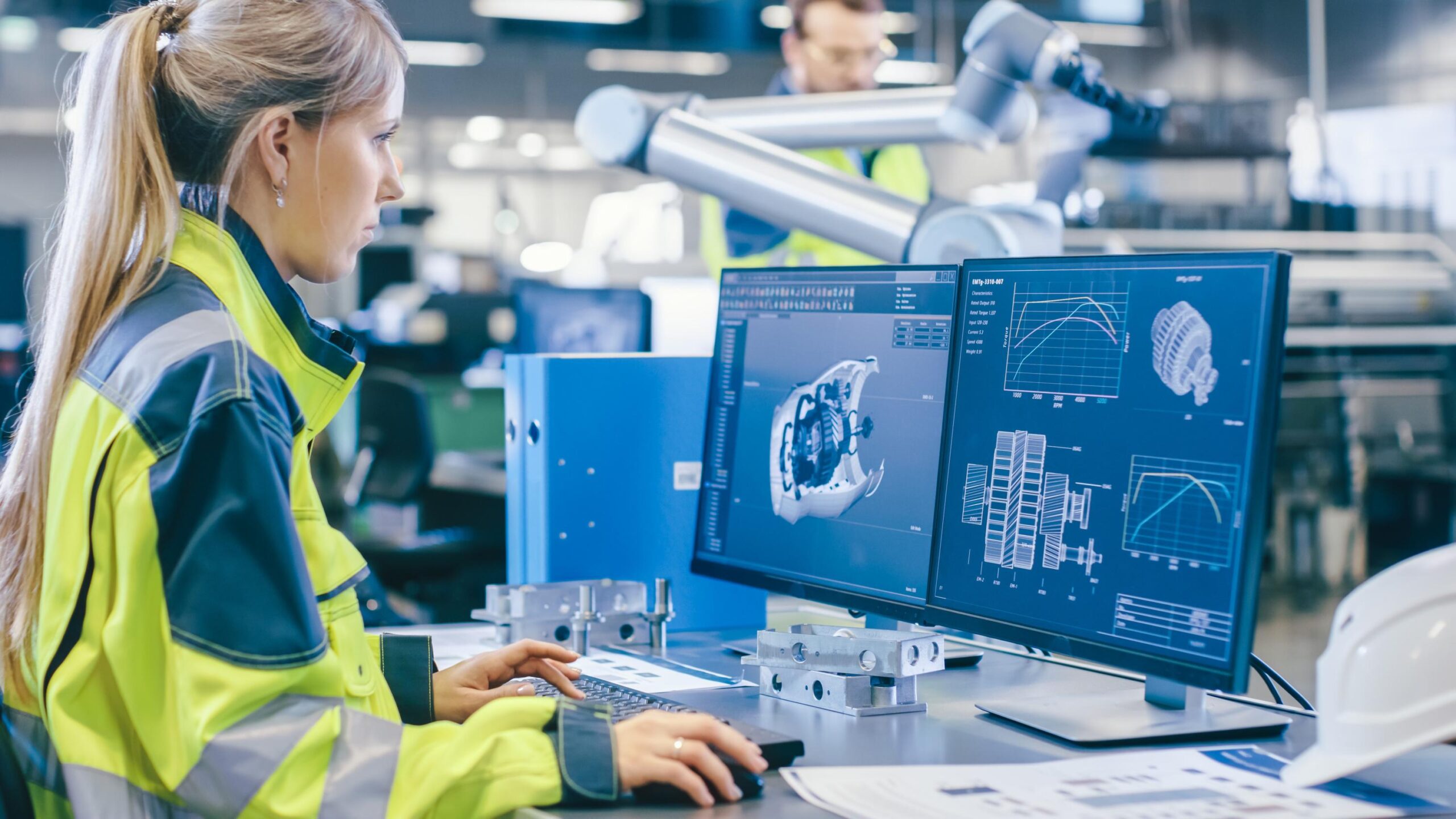
Breaking Barriers and Challenging Stereotypes: The Rise of Women in French Industry
Laure De Vido’s smile is knowing, a subtle rebellion against ingrained societal expectations. "I’m often asked how I manage to work in industry with my manicured nails, with extensions," she says, her voice carrying a hint of amusement. "My response is that I use my brain more than my hands."
De Vido, a young and accomplished engineer specializing in electronics within a prominent railway industry company, is acutely aware that her profile stands out in a landscape predominantly populated by men. This reality solidified early in her academic journey, during her vocational diploma program, where she found herself as one of only three women amidst a sea of male students. However, this stark imbalance did not deter her ambition. Instead, it fueled her determination to carve her own path and, in doing so, dismantle the persistent prejudices that still cling stubbornly to many industrial sectors.
Her story resonates deeply in a France grappling with the persistent issue of gender inequality in the workplace. As French companies with over 50 employees face the annual deadline of publishing their "Index Egapro" on March 1st, a crucial metric designed to measure and address pay gaps between men and women, the spotlight shines on industries like hers. These sectors face an uphill battle, not just in rectifying existing disparities, but simply in attracting female talent, who remain conspicuously underrepresented. The manufacturing industry, in particular, struggles with this imbalance, with women comprising a worryingly small percentage of its workforce.
De Vido’s journey is a testament to the potential that lies dormant within a pool of untapped talent. Her success challenges the outdated perception of industrial roles as inherently masculine, requiring physical strength or a particular ruggedness that somehow excludes women. This archaic notion is not only inaccurate, but actively detrimental to innovation and progress. By dismissing the contributions of half the population, these industries are effectively limiting their own growth and potential.
The "Index Egapro" is a powerful tool designed to hold companies accountable for gender pay gaps. However, it represents just one piece of a much larger and more complex puzzle. While equal pay is undoubtedly crucial, it is equally vital to address the underlying factors that contribute to the disparity in the first place. This includes actively promoting STEM education among girls and young women, challenging gender stereotypes in career guidance, and creating supportive and inclusive workplaces where women feel valued and empowered.
The scarcity of women in industries like manufacturing creates a self-perpetuating cycle. Without visible female role models and mentors, younger generations of women may be less inclined to consider these fields as viable career options. The lack of a diverse workforce can also lead to a homogenous work environment, where the perspectives and experiences of women are not adequately considered, potentially hindering innovation and problem-solving.
Furthermore, the absence of women in leadership positions perpetuates the impression that these industries are not welcoming or conducive to female advancement. This can discourage talented women from pursuing promotions or seeking out opportunities for growth, ultimately hindering their career progression and reinforcing the existing gender imbalance.
Breaking this cycle requires a concerted effort from both industry and academia. Companies must actively recruit and retain female talent, implementing policies that support work-life balance, promote inclusivity, and offer equal opportunities for advancement. Mentorship programs, specifically designed to support women in male-dominated fields, can provide valuable guidance and encouragement.
Educational institutions also have a vital role to play in challenging gender stereotypes and promoting STEM education among girls. By showcasing successful female scientists, engineers, and mathematicians, they can inspire young women to pursue their passions and overcome the perceived barriers to entry.
Laure De Vido’s story offers a glimpse of hope and a blueprint for change. Her success demonstrates that women can thrive in even the most traditionally male-dominated industries, bringing fresh perspectives, innovative ideas, and a much-needed dose of diversity. Her defiant smile embodies the power of perseverance and the unwavering determination to break down barriers and challenge the status quo.
As France strives to achieve true gender equality in the workplace, it is essential to recognize and celebrate the achievements of women like Laure De Vido. Their stories serve as a powerful reminder that talent knows no gender and that a more diverse and inclusive workforce is not only a moral imperative, but also a strategic advantage in an increasingly competitive global market. By actively promoting and supporting women in industry, France can unlock its full potential and build a more equitable and prosperous future for all. The "Index Egapro" is a starting point, but fostering a culture of inclusivity and opportunity is the key to lasting change, ensuring that the next generation of female engineers and innovators have the support and encouragement they need to thrive. Ultimately, the goal is to reach a point where a woman’s choice of career, and even her choice of manicure, is never questioned, but rather celebrated as a testament to her individual talent and ambition.
